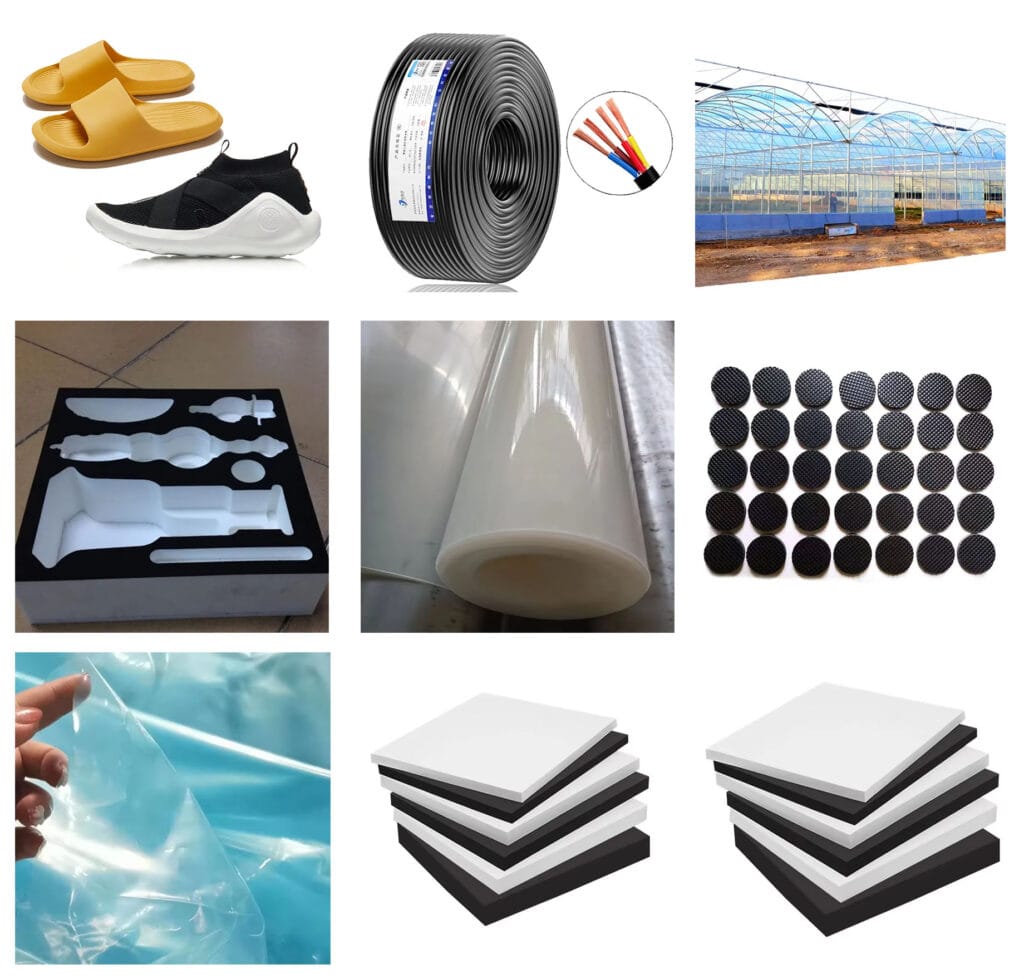
1. Introduction
Specialty plastics play an increasingly vital role in modern industry. Among them, Polyketone (POK), a high-performance engineering plastic, has emerged as a key material in automotive, electronics, packaging, and other industries due to its excellent mechanical properties, chemical resistance, and eco-friendly characteristics. This article explores the advantages, primary applications, and future market prospects of POK plastic.
2. Advantages of POK Plastic
POK (Polyketone) is a high-performance plastic copolymerized from carbon monoxide (CO) and olefins (such as ethylene and propylene). It offers the following outstanding advantages:
(1) Exceptional Mechanical Properties
- High Strength and Toughness: POK exhibits superior tensile strength and impact resistance compared to nylon (PA) and polyoxymethylene (POM), making it suitable for high-load environments.
- Excellent Wear Resistance: With a low friction coefficient and outstanding abrasion resistance, POK is ideal for mechanical components such as gears and bearings.
(2) Superior Chemical Resistance
- Highly resistant to acids, alkalis, oils, solvents, and other harsh chemicals, making it suitable for demanding applications in chemical processing and automotive fuel systems.
(3) Good Heat Resistance
- Long-term service temperature exceeds 120°C, with short-term tolerance up to 150°C, outperforming many conventional engineering plastics.
(4) Environmental Benefits
- POK is recyclable, and some grades are biodegradable, aligning with global sustainability trends.
(5) Low Moisture Absorption
- Water absorption is significantly lower than nylon (PA6/PA66), ensuring stable dimensions and performance even in humid conditions.
3. Key Applications of POK
Thanks to these advantages, POK plastic has been widely adopted in multiple industries:
(1) Automotive Industry
- Fuel Systems: Fuel lines, tank components (resistant to oil and ethanol-blended gasoline).
- Structural Parts: Gears, bearings, clips, and other wear-resistant components.
- Lightweight Replacement: Replaces metals and traditional engineering plastics to reduce vehicle weight and improve fuel efficiency.
(2) Electronics & Electrical
- Connectors and Housings: Excellent heat and flame resistance, suitable for 5G devices, charging stations, etc.
- Cable Sheathing: Wear-resistant and chemically resistant, extending service life.
(3) Packaging Industry
- Food Packaging: FDA-compliant, used in high-barrier packaging to extend shelf life.
- Industrial Packaging: Chemical-resistant, ideal for packaging chemicals and pharmaceuticals.
(4) Industrial & Consumer Goods
- Pipes and Valves: Corrosion-resistant and high-pressure tolerant, suitable for chemical equipment.
- Sports Equipment: High-performance components such as golf clubs and ski boards.
4. Future Market Outlook
With tightening environmental regulations and growing demand for advanced materials, the POK market is expected to experience rapid growth:
(1) Rising Market Demand
- Automotive Electrification: The shift toward electric vehicles (EVs) will drive demand for lightweight, heat-resistant materials like POK.
- 5G and Renewable Energy: Emerging sectors such as 5G base stations and EV charging infrastructure will require high-performance plastics, where POK could replace traditional materials.
(2) Technological Advancements
- Modified POK: Enhanced with glass fiber reinforcement, flame retardants, etc., to expand its applications.
- Bio-based POK: Development of bio-sourced POK to reduce carbon emissions and support the green economy.
(3) Regional Market Expansion
- Asia-Pacific (China, Japan, South Korea): Expected to be the primary growth market due to rapid developments in automotive and electronics manufacturing.
- Europe & North America: Stricter environmental policies will drive adoption of recyclable, high-performance plastics like POK.
(4) Competitive Landscape
- Currently dominated by a few global chemical giants (e.g., Hyosung, BASF), but as technology spreads, more companies may enter the market, leading to price reductions and increased production capacity.
5. Conclusion
POK plastic, with its high strength, chemical resistance, and eco-friendly properties, demonstrates significant potential in automotive, electronics, packaging, and other industries. As technology advances and market demand grows, POK is poised to become a major growth driver in the specialty plastics market. Companies should focus on R&D in modified POK and sustainable production to capitalize on this emerging material’s opportunities.


